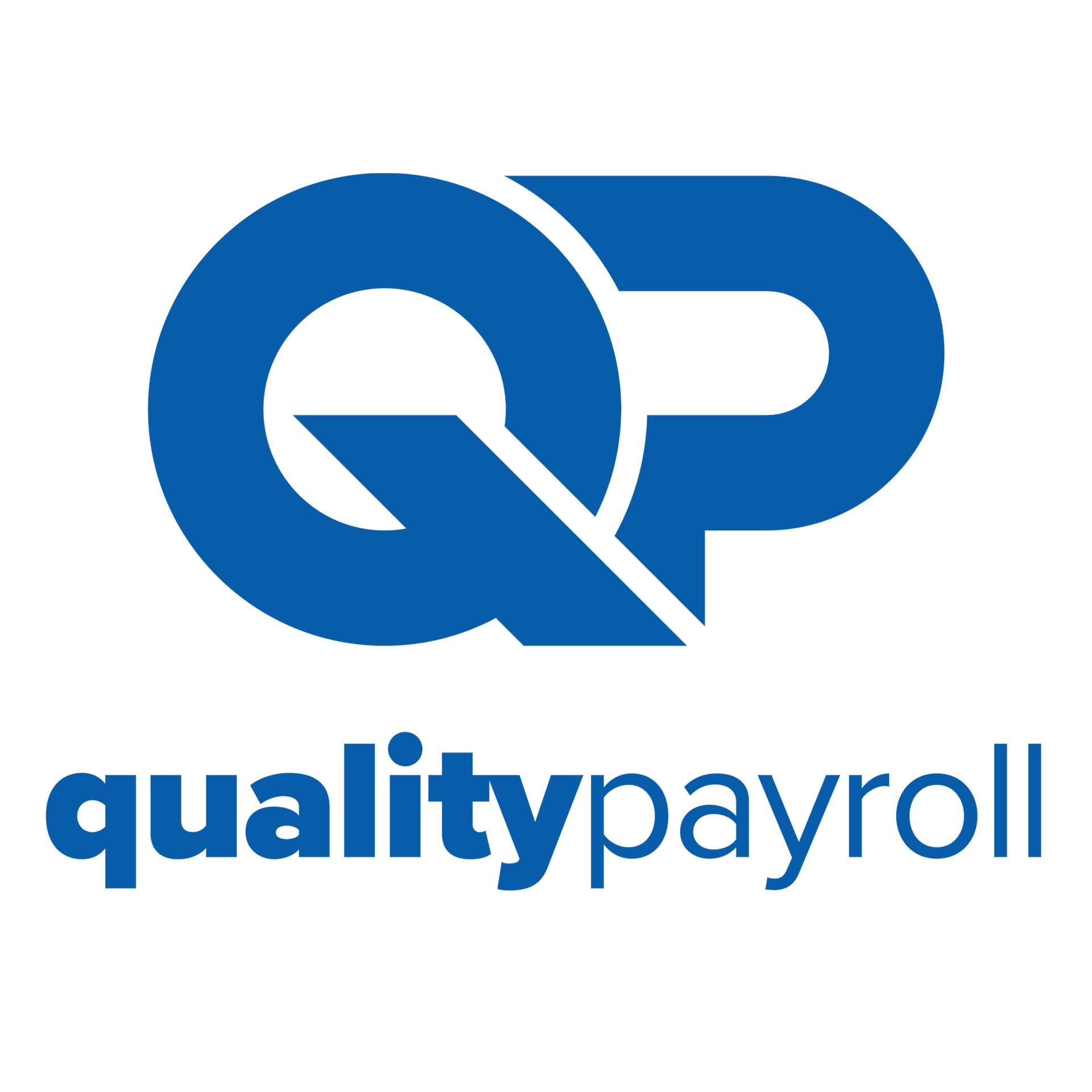Employee Benefits and Payroll: How to Manage and Administer Fringe Benefits Effectively
Offering a competitive benefits package can be a powerful tool for attracting and retaining top talent in today’s competitive job market. In addition to traditional benefits like health insurance and retirement plans, many employers now offer fringe benefits such as wellness programs, tuition reimbursement, and flexible work arrangements. However, managing and administering these benefits can be complex, particularly when it comes to incorporating them into your payroll process. In this blog post, we will discuss how to effectively manage and administer fringe benefits within your payroll system, ensuring both compliance and employee satisfaction.
Understanding Fringe Benefits and Tax Implications
Fringe benefits are non-cash perks or benefits provided by employers to their employees, such as gym memberships, company cars, or employee discounts. While many fringe benefits are tax-exempt, others may be subject to taxation, depending on their value and the specific benefit offered. It’s crucial to familiarize yourself with the tax implications of each fringe benefit you offer to ensure accurate reporting and withholdings in your payroll system.
Establishing Clear Policies and Procedures
To effectively manage and administer fringe benefits, it’s essential to establish clear policies and procedures outlining eligibility, enrollment, and usage guidelines. Make sure your employees understand how to access and take advantage of the benefits available to them. Additionally, develop procedures for tracking and reporting benefit usage to facilitate accurate payroll processing.
Integrating Fringe Benefits into Your Payroll System
Properly incorporating fringe benefits into your payroll system is crucial for maintaining compliance and ensuring accurate tax reporting. Many payroll software solutions offer features designed to help you manage fringe benefits and their associated tax implications. Utilize these tools to streamline the administration process, ensuring that benefit values are accurately reported and that applicable taxes are withheld correctly.
Communicating with Employees
Effective communication is key to ensuring employee satisfaction with your benefits offerings. Regularly communicate with your employees about the fringe benefits available to them and any changes or updates to these offerings. Providing resources, such as benefit guides or informational webinars, can help employees make informed decisions about their benefit choices and better understand the value of their overall compensation package.
Regularly Reviewing and Updating Your Benefits Offerings
To maintain a competitive benefits package and meet the evolving needs of your workforce, it’s essential to periodically review and update your fringe benefits offerings. Monitor industry trends and employee feedback to identify areas for improvement or expansion. Regularly evaluating your benefits program will help you stay ahead of the competition and continue to attract and retain top talent.
Effectively managing and administering fringe benefits within your payroll system is crucial for maintaining compliance, ensuring accurate tax reporting, and promoting employee satisfaction. By understanding the tax implications of fringe benefits, establishing clear policies and procedures, integrating benefits into your payroll system, communicating with employees, and regularly reviewing and updating your offerings, you can successfully manage and administer a robust and competitive benefits package that meets the needs of your workforce and supports your business goals.
If you are looking for a payroll solution that allows you to focus on the parts of your business that you love then Quality Payroll has your back. We are here to take care of your bookkeeping, human resources, benefits, payroll, and administration needs. Count on our expertise to allow you to focus on your business! Contact us today for a free quote!
The post Employee Benefits and Payroll: How to Manage and Administer Fringe Benefits Effectively appeared first on Quality Payroll & Benefits.










